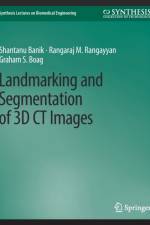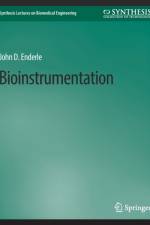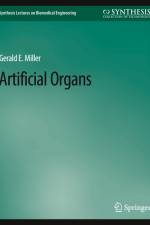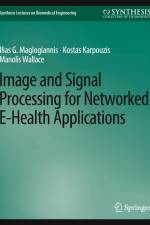av Jay Goldberg
371
The biomedical engineering senior capstone design course is probably the most important course taken by undergraduate biomedical engineering students. It provides them with the opportunity to apply what they have learned in previous years; develop their communication (written, oral, and graphical), interpersonal (teamwork, conflict management, and negotiation), project management, and design skills; and learn about the product development process. It also provides students with an understanding of the economic, financial, legal, and regulatory aspects of the design, development, and commercialization of medical technology. The capstone design experience can change the way engineering students think about technology, society, themselves, and the world around them. It gives them a short preview of what it will be like to work as an engineer. It can make them aware of their potential to make a positive contribution to health care throughout the world and generate excitement for and pride in the engineering profession. Working on teams helps students develop an appreciation for the many ways team members, with different educational, political, ethnic, social, cultural, and religious backgrounds, look at problems. They learn to value diversity and become more willing to listen to different opinions and perspectives. Finally, they learn to value the contributions of nontechnical members of multidisciplinary project teams. Ideas for how to organize, structure, and manage a senior capstone design course for biomedical and other engineering students are presented here. These ideas will be helpful to faculty who are creating a new design course, expanding a current design program to more than the senior year, or just looking for some ideas for improving an existing course. Contents: I. Purpose, Goals, and Benefits / Why Our Students Need a Senior Capstone Design Course / Desired Learning Outcomes / Changing Student Attitudes, Perceptions, and Awarenesss / Senior Capstone Design Courses and Accreditation Board for Engineering and Technology Outcomes / II. Designing a Course to Meet Student Needs / Course Management and Required Deliverables / Projects and Project Teams / Lecture Topics / Intellectual Property Confidentiality Issues in Design Projects / III. Enhancing the Capstone Design Experience / Industry Involvement in Capstone Design Courses / Developing Business and Entrepreneurial Literacy / Providing Students with a Clinical Perspective / Service Learning Opportunities / Collaboration with Industrial Design Students / National Student Design Competitions / Organizational Support for Senior Capstone Design Courses / IV. Meeting the Changing Needs of Future Engineers / Capstone Design Courses and the Engineer of 2020






























